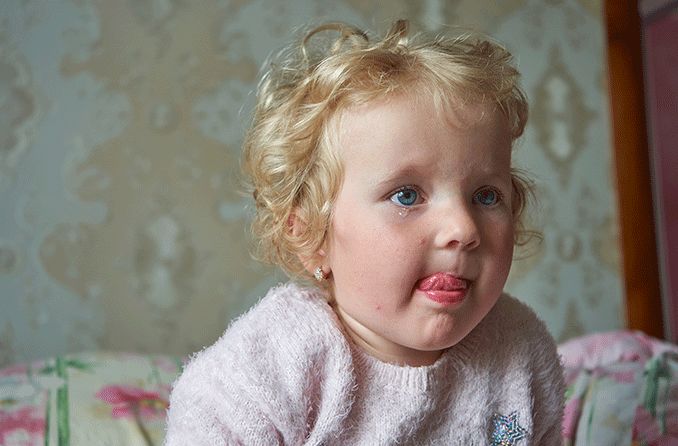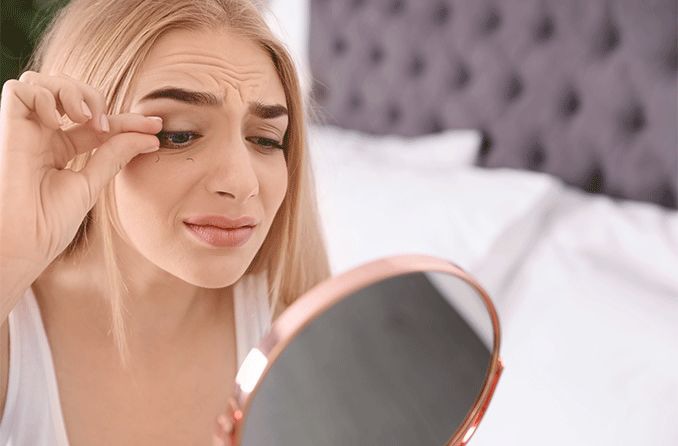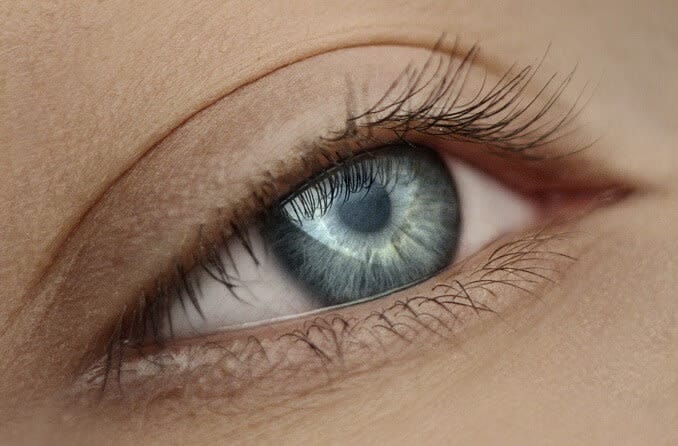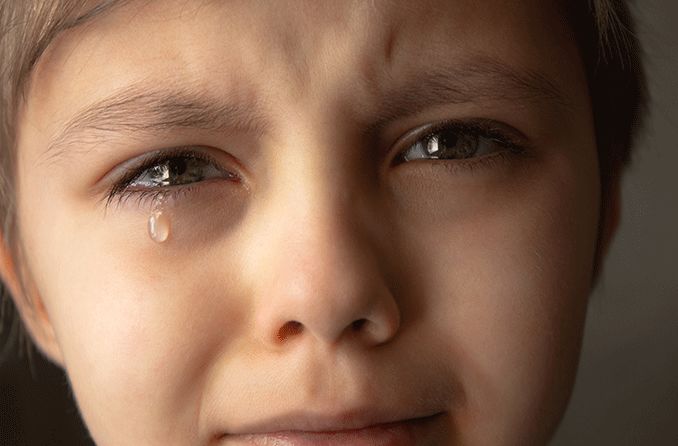Why are tears salty?
Tears are salty because — well, there’s salt in them.
Water is the main ingredient in human tears, but there are also many other components that make up tears, such as:
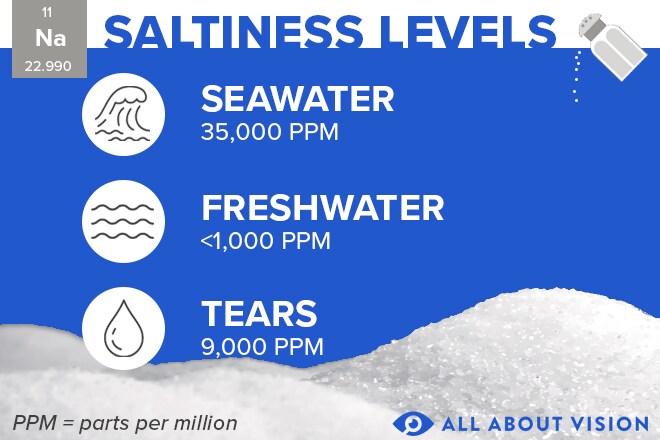
Electrolytes give tears their salty taste. They contain sodium, potassium, calcium and magnesium.
Proteins include lysozyme, lipocalin, lactoferrin, and IgA. Human tears have a protein concentration between 6 and 11 mg/ml.
Mucins increase wetting properties of tears and stabilize the tear film.
Lipids keep the water in tears from evaporating quickly off the eye’s surface. They also create a watertight seal when the eyes are closed.
Each human tear only contains about 0.3mg worth of salt. However, the salt content of your tears varies depending on the type of tear you’re producing.
SEE RELATED: Watery eyes: The common causes and treatments
Types of tears
The human eye produces three different types of tears. Each of them serves a special purpose to keep the eyes safe and maintain balance within the body.
Basal tears are purely functional. Your eyes constantly release small quantities of basal tears to keep the cornea moist, nourished and protected. Basal tears keep the eyes comfortable and are important for healthy vision.
Reflex tears , also called irritant tears, are released in response to irritants in or near the eyes. Irritants may include smoke, onion or chemical fumes, bright lights, or debris in the eyes. Reflex tears can also occur when you yawn, cough or vomit. The purpose of reflex tears is to clear the eyes of potentially harmful irritants. These tears even contain antimicrobial properties to fight off bacteria.
Emotional tears can also be called psychic tears. The eye produces them in response to overwhelming emotions, such as sadness, anger, stress, pain and fear. Emotional tears are also a response to positive emotions, like joy, love and happiness. These tears carry stress hormones that are flushed out of your body when you cry, which is why people often feel better after crying.
Are all tears salty?
Yes, all tear types have some level of salt and other electrolytes in them. However, they don’t all have the same level of salt.
Basal and reflex tears contain higher levels of salt than emotional tears. This helps protect your eyes and keep them healthy. What emotional tears lack in salt, they make up for in hormones. These hormones work as a natural painkiller by restoring balance in the body and reducing stress levels.
SEE RELATED: What happens if I cry with my contact lenses in?
Where does water for tears come from?
The adult human body is around 60% water. Nearly every organ in the body uses this water, including the brain, bones and blood. Humans form saliva using the body’s water content, as well as tears.
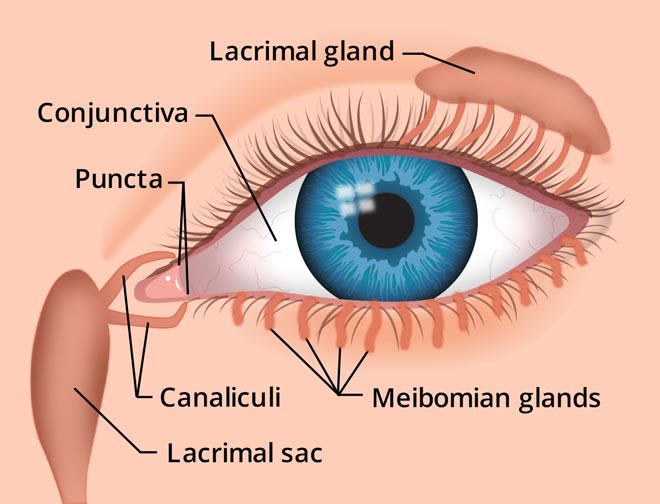
The tear drainage system keeps the eye moist and protected.
The lacrimal gland is located above the outer corner of the eye and uses the body’s water content to make a tear mixture of salt and water. This tear mixture is secreted by the lacrimal sac and released onto the eye’s surface via small holes in the eye's inner corner, called puncta.
Other glands in the eye, called meibomian glands, release the oils mentioned earlier that create tear film.
Once the tears spread across the eye, the same puncta that release the tears also absorb them. The tears drain through the tear duct and are released at the back of the throat, where they’re swallowed.
Are sweat and tears the same thing?
While sweat and tears are similar, they are not the same substance.
Sweat is a fluid made mostly of water. It contains different ions and minerals, including sodium, chloride and vitamin K. It’s released from three main types of sweat glands: eccrine, apocrine and apoeccrine. The purpose of sweat is to coat the skin with moisture and regulate the body’s core temperature.
Tears are produced from a different gland: the lacrimal gland. Like sweat, tears are made up mostly of water. They also contain certain electrolytes such as sodium, potassium, calcium and magnesium. But unlike sweat, tears also have oils and mucus in them to help keep the eyes lubricated.
READ MORE: Blocked tear ducts: Causes, symptoms and treatment

